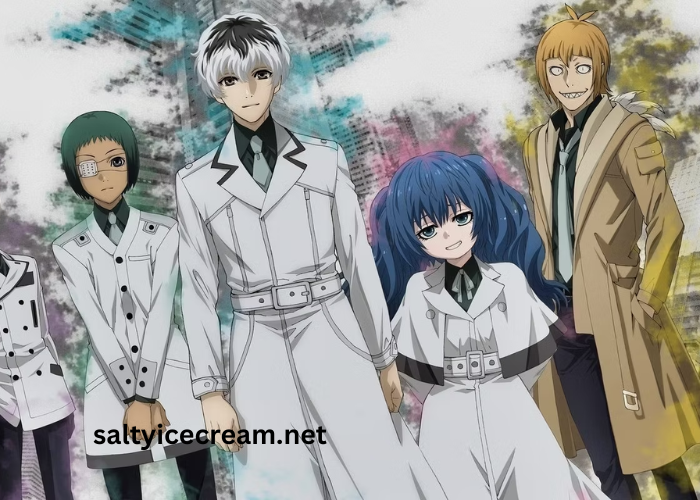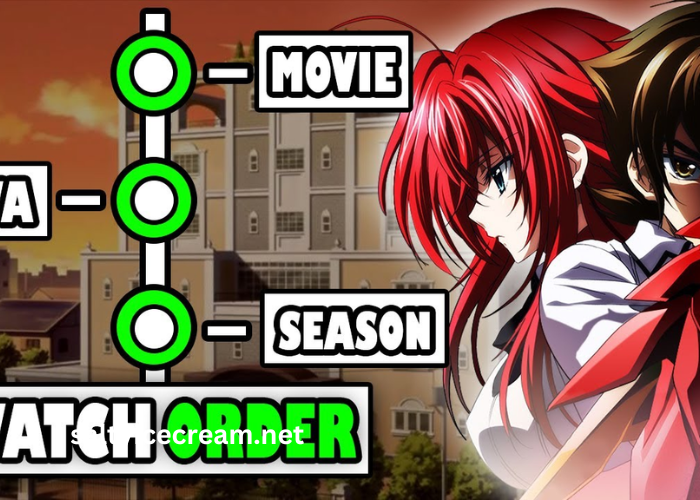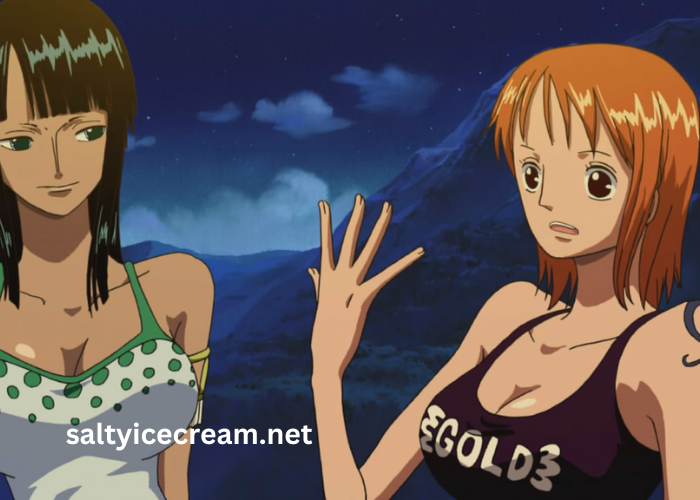Tokyo Ghoul Season 3, also known as “Tokyo Ghoul,” continues the dark and thrilling saga of Kaneki Ken and the ghoul-human conflict. This season delves into the aftermath of Kaneki’s transformation and explores new conflicts and character arcs. This article provides an in-depth look at Season 3, covering its plot developments, character evolution, and thematic elements.
Recap of Previous Seasons
1. Overview of Tokyo Ghoul
Tokyo Ghoul, created by Sui Ishida, is a dark fantasy anime series that explores the life of Kaneki Ken, a young man who becomes a half-ghoul after a near-fatal encounter. The series is known for its intense action, complex characters, and exploration of identity and morality.
2. Season 1 and 2 Highlights
- Season 1: Introduces Kaneki’s transformation into a ghoul, his struggle to adapt to his new identity, and his encounters with other ghouls and human factions.
- Season 2: Focuses on Kaneki’s journey with the group known as “Aogiri Tree,” his internal conflict, and the escalating war between ghouls and humans.
Plot and Storyline of Tokyo Ghoul Season 3
1. Continuation from Previous Seasons
Season 3 picks up where Season 2 left off, with Kaneki Ken now under the alias “Haise Sasaki.” The season explores his struggle to reclaim his identity and confront the consequences of his actions.
2. Key Plot Points
- Kaneki’s Dual Identity: The season delves into Kaneki’s dual identity as Haise Sasaki and his struggle with fragmented memories and emotions.
- The V Organization: The introduction of the V Organization, a powerful and secretive group with its own agenda, adds new layers of intrigue and conflict.
- New Characters and Factions: New characters, including members of the Quinx Squad, and factions emerge, each with their own motives and connections to the overarching conflict.
3. Major Conflicts and Developments
- Haise Sasaki’s Struggle: Kaneki, under his new identity as Haise Sasaki, grapples with his past and the psychological impact of his transformation.
- Ghouls vs. Humans: The season continues to explore the ongoing battle between ghouls and humans, with new revelations and confrontations that drive the narrative forward.
- Unraveling Mysteries: Key mysteries from previous seasons, including the true nature of the V Organization and the history of the ghoul species, are explored and resolved.
Character Development in Season 3
1. Kaneki Ken / Haise Sasaki
- Identity Crisis: Kaneki’s journey is central to the season, focusing on his internal conflict and the search for his true self amidst his dual identity.
- Growth and Evolution: The season highlights Kaneki’s growth as he learns to reconcile his past with his present, leading to significant personal and emotional development.
2. Supporting Characters
- Quinx Squad: The Quinx Squad, led by Haise Sasaki, plays a crucial role in the season. Each member has unique abilities and backstories that contribute to the team’s dynamics and the overall plot.
- Allies and Adversaries: New and returning characters, including allies and enemies, are developed further, adding depth and complexity to the series.
3. Character Arcs
- Personal Struggles: Characters face personal struggles and growth, influencing their actions and relationships with others.
- Interpersonal Dynamics: The interactions between characters, including alliances and rivalries, drive the narrative and add emotional depth.
Themes and Motifs
1. Identity and Self-Discovery
- Duality: The theme of duality is explored through Kaneki’s struggle with his dual identity as Haise Sasaki and his quest for self-discovery.
- Transformation: The season examines the impact of transformation on identity and the search for meaning and purpose.
2. Conflict and Morality
- Ghouls vs. Humans: The ongoing conflict between ghouls and humans raises questions about morality, survival, and the nature of both species.
- Ethical Dilemmas: Characters face ethical dilemmas related to their actions and motivations, adding depth to the narrative.
3. Power and Control
- Power Dynamics: The season explores the dynamics of power and control, both within the ghoul-human conflict and among the various factions.
- Authority and Resistance: The struggle for authority and resistance against oppressive forces is a recurring motif throughout the season.
Animation and Art Style
1. Visual Quality
- Animation Excellence: Season 3 continues to showcase high-quality animation with detailed character designs and fluid action sequences.
- Artistic Direction: The art style maintains the series’ signature dark and gritty aesthetic, enhancing the atmosphere and mood of the story.
2. Action and Fantasy Elements
- Action Sequences: The action scenes are dynamic and intense, reflecting the high stakes and emotional weight of the conflicts.
- Fantasy World: The fantastical elements, including the depiction of ghoul abilities and the setting, contribute to the immersive experience.
Reception and Impact
1. Audience Reactions
- Fan Feedback: Fans have responded to Season 3 with a mix of enthusiasm and criticism, praising the deeper exploration of Kaneki’s character and the series’ complex themes.
- Critiques: Some critiques focus on pacing and narrative choices, but overall, the season is recognized for its compelling story and character development.
2. Critical Acclaim
- Reviews: Critics have highlighted the season’s strong character development and thematic depth. Reviews often commend the series for its engaging plot and emotional impact.
- Awards and Recognition: Season 3 may have received awards or nominations for its contribution to the anime genre and its impact on viewers.
Future Prospects
1. Potential for Continuation
- Story Continuation: Given the series’ popularity, there is potential for further seasons or adaptations that continue Kaneki’s story and explore new narrative arcs.
- Spin-offs and Adaptations: The series may expand through spin-offs or adaptations, offering additional content and perspectives within the Tokyo Ghoul universe.
2. Character and Plot Development
- Upcoming Arcs: Future episodes or seasons may introduce new arcs and developments, keeping the narrative fresh and engaging for fans.
- Expanded Universe: The expanded universe of Tokyo Ghoul may offer new stories and insights into the complex world and its characters.
Conclusion
Tokyo Ghoul Season 3 delves deeper into Kaneki Ken’s journey, exploring his dual identity and the ongoing conflict between ghouls and humans. With its compelling narrative, complex characters, and high-quality animation, the season continues to captivate audiences and build on the series’ established themes. As the story progresses, fans can look forward to further developments and new adventures in the Tokyo Ghoul universe.



